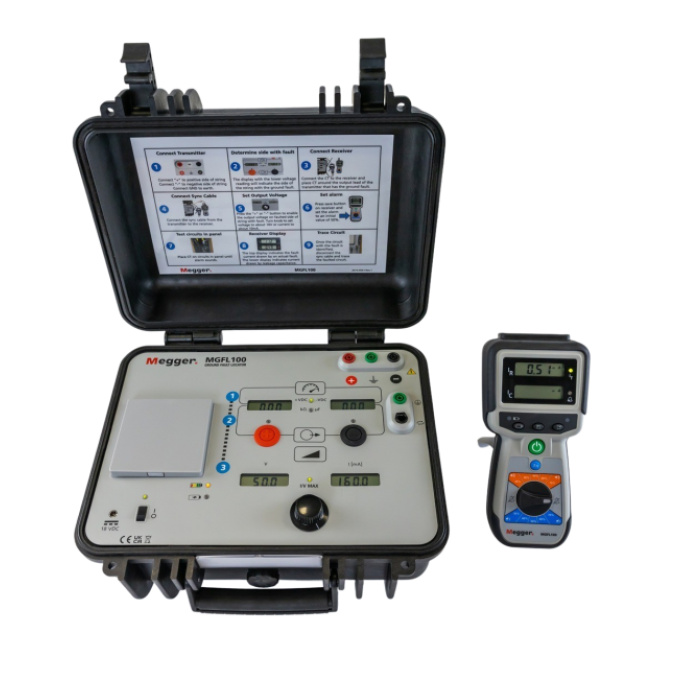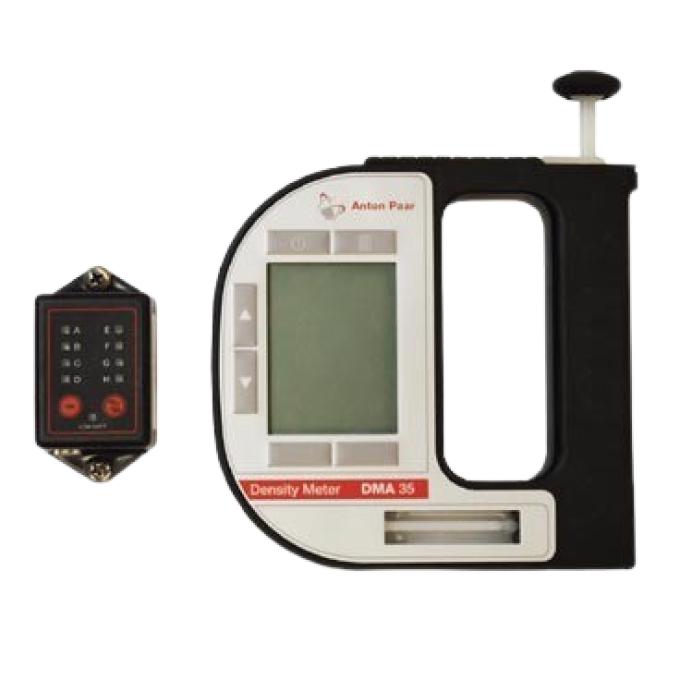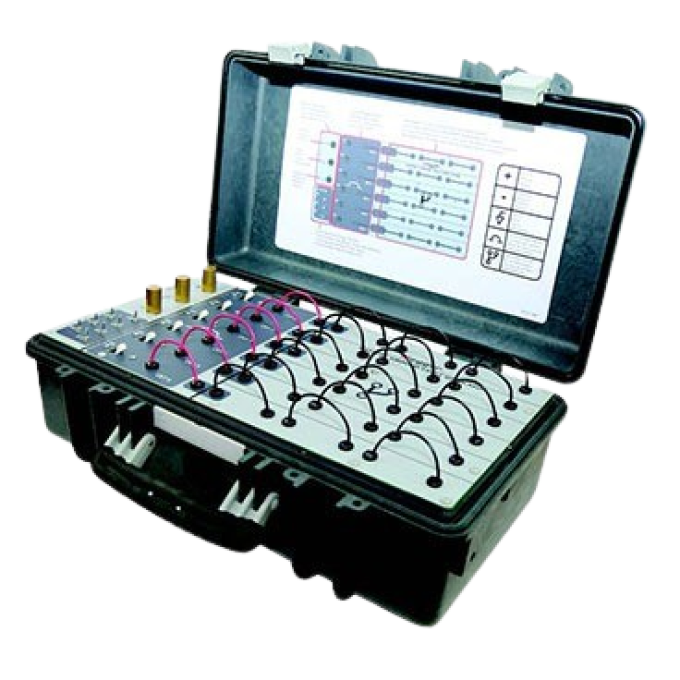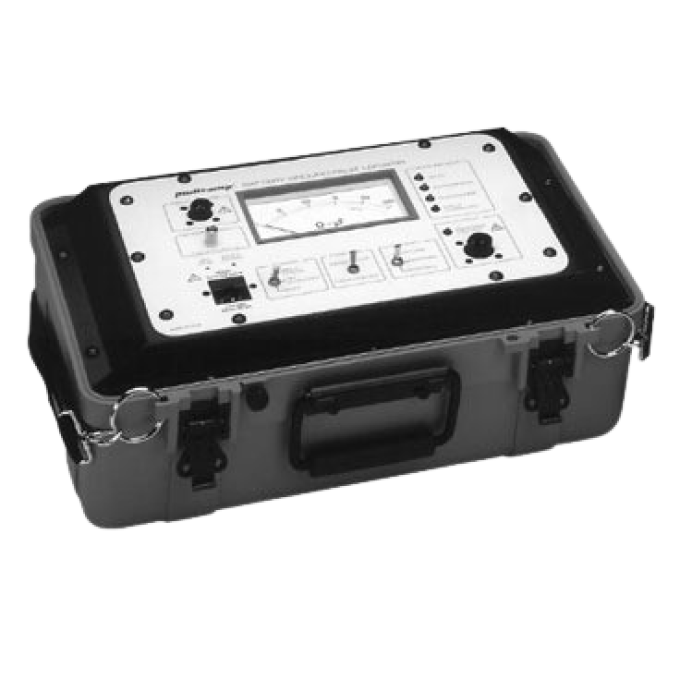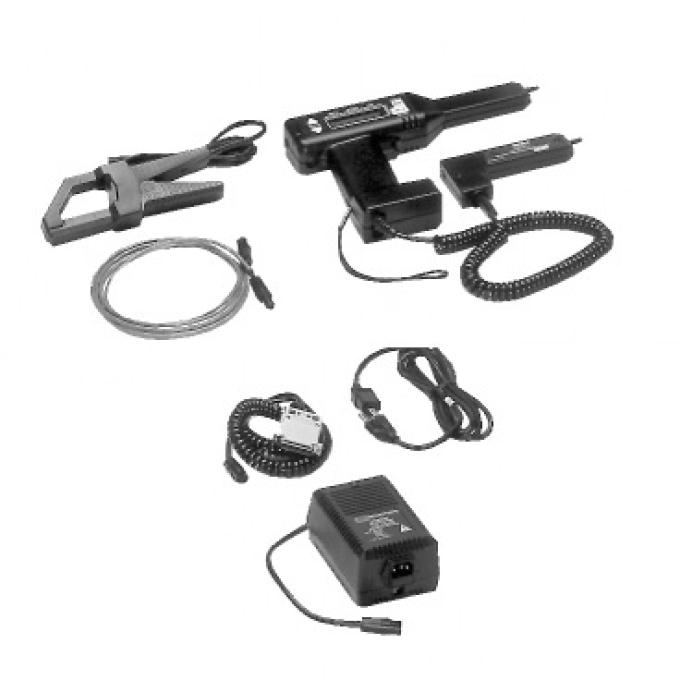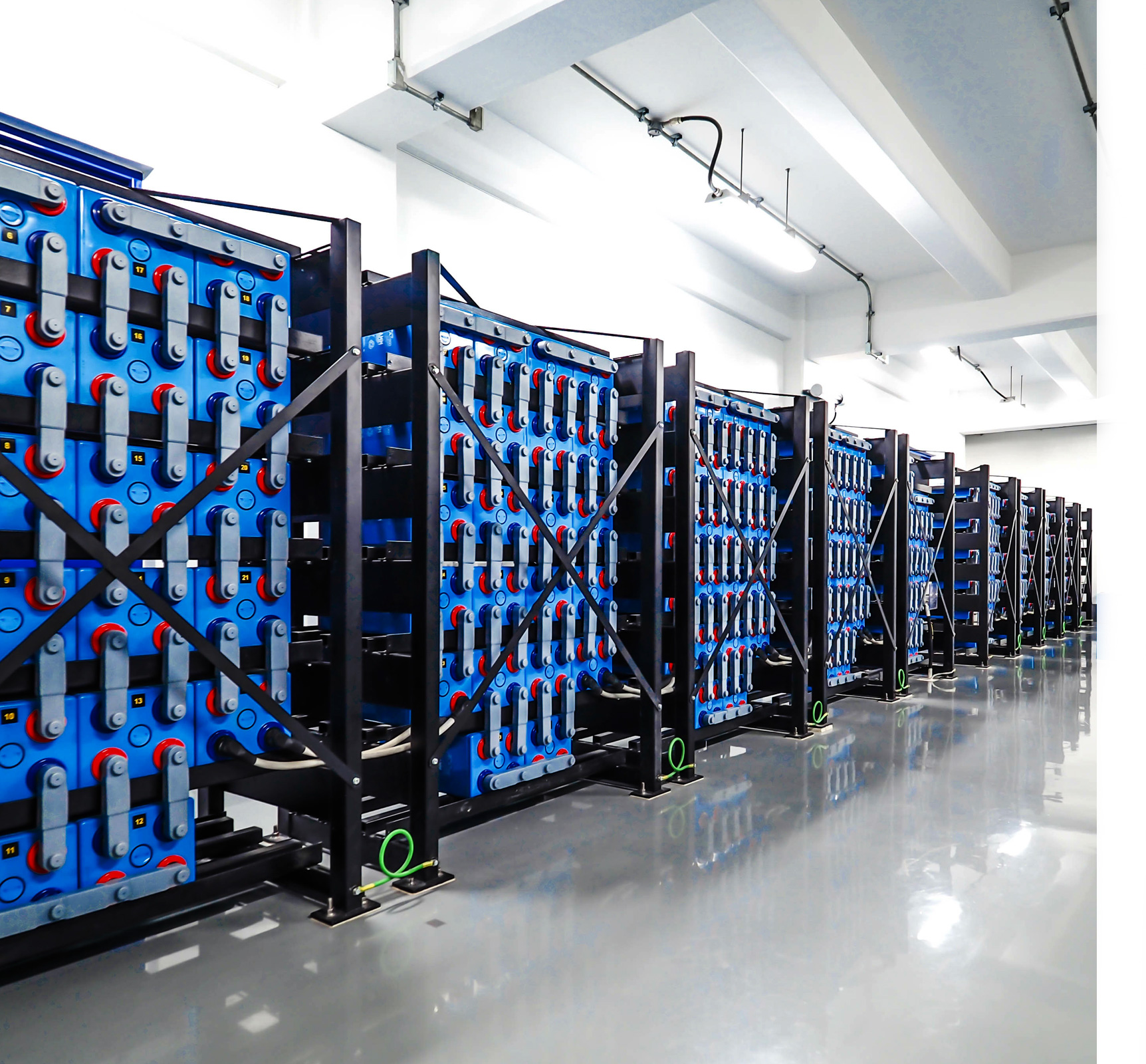Electrical systems backup and quality
Explore Megger’s portfolio of power quality and battery test instruments.
You’ve got a lot of options when it comes to ensuring the reliability, safety, and compliance of your electrical infrastructure. But there’s a reason the world’s leading experts trust Megger. As the top industry leader, we make it our mission to know everything there is to know about commissioning testing, system components assessment, and faults detection. And then we build our digital battery analyzers to meet those demands.
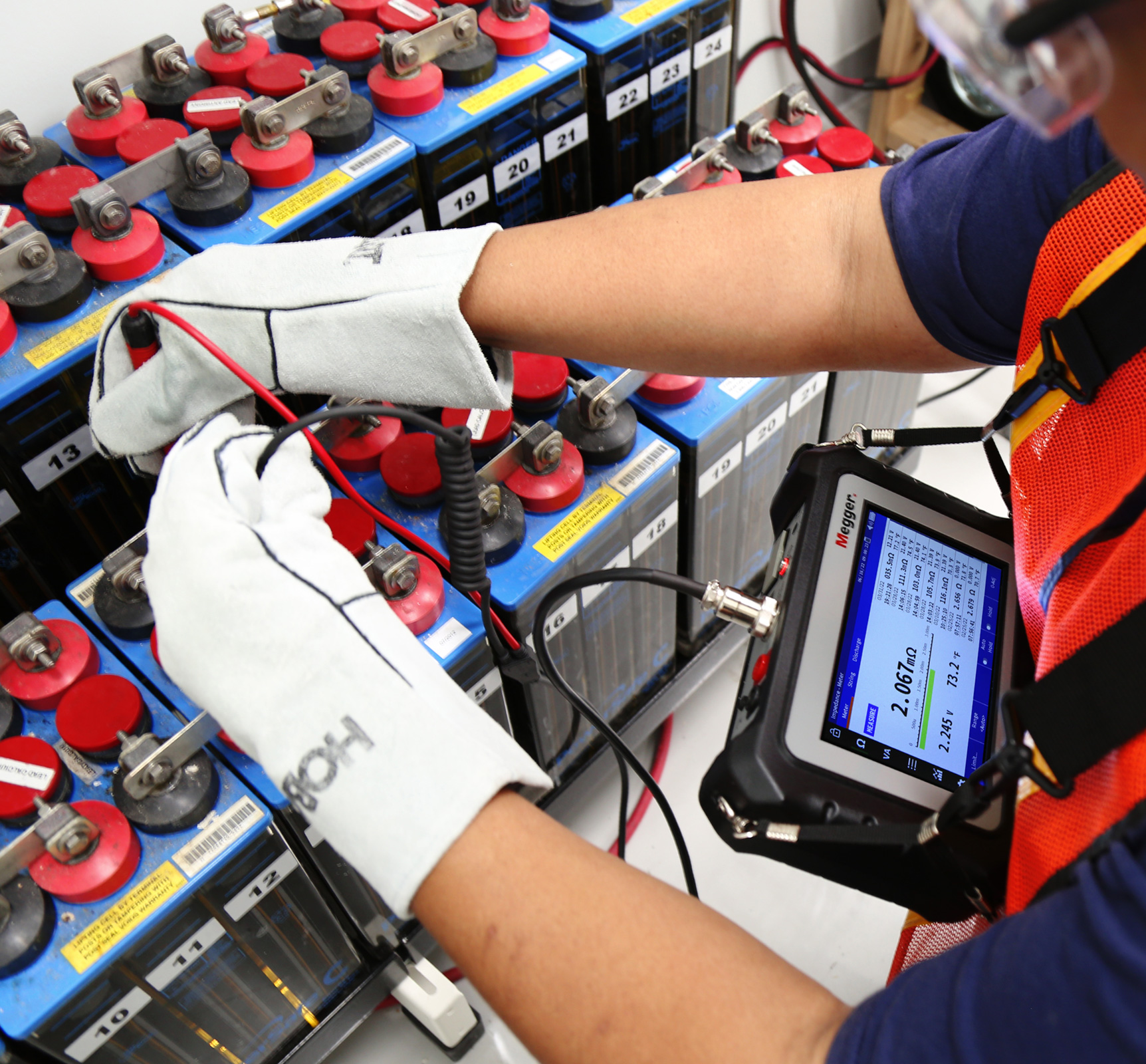
1
Built for the job at hand:
Ensure safe operation with a sound and solid battery maintenance program. Our innovative testing solutions streamline commissioning procedures, allowing for smooth installation of standby batteries.
2
Make data-driven decisions:
From high voltage and harmonics to transients and power reversals, you’ve got a lot to look out for. With Megger, you can detect issues before they become problems. Our digital battery analyzers provide in-depth insights into the health of your assets — pinpointing faults promptly and accurately — so you can safeguard your operations from unexpected disruptions.
3
Reliability you can depend on:
Rather than succumb to rising replacement battery costs or rely on backup systems, our instrumentation and software systems can measure, trend, and manage the life cycle of cells in a cost-effective manner. And there’s no need to take the battery offline for testing, thanks to our online capabilities and highly repeatable instruments.
4
Take safer measures:
Our battery discharge testers meet regulations and requirements, and exceed your expectations, preventing compliance-related setbacks and ensuring safe operations. Plus, you’ll benefit from extended product lifespans that improve your asset management program’s ROI.
Additional Resources
Take a deeper dive into power quality and battery test instruments through our comprehensive guides.
Battery Testing Guide
Understand the ins and outs of all things batteries.
A Guide to Power Quality Testing
Learn the issues to look for when measuring.
Standard Battery Testing Requirements Summary
Explore tables for IEEE, ANSI/NETA, and NERC standards.
Power Quality Issues: Solar Energy
Get a case-by-case breakdown of common malfunctions.

